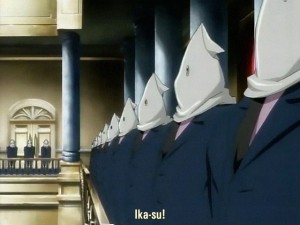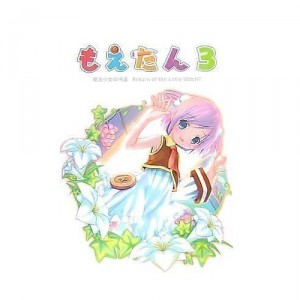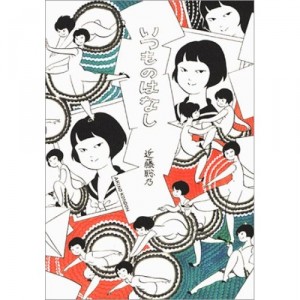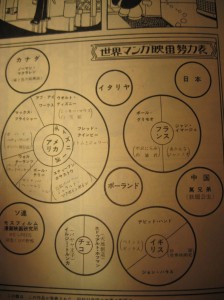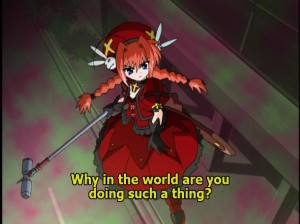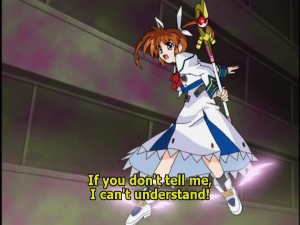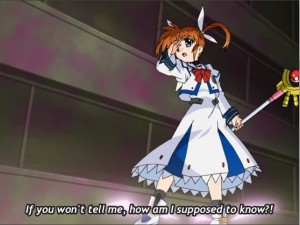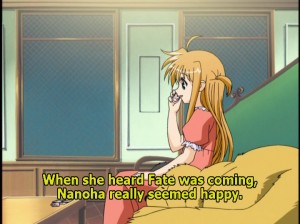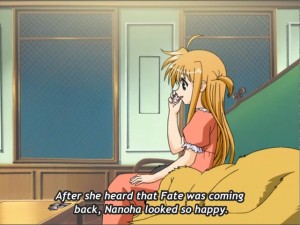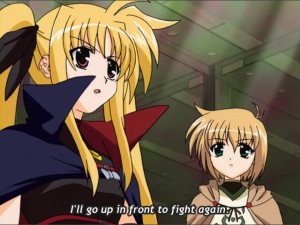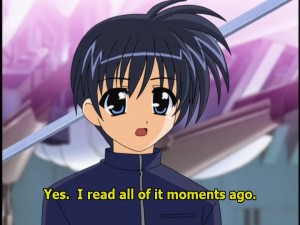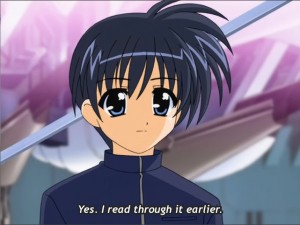I realize I’m quite a bit behind the times on this review, but I have this horrible habit of paying money for my manga, especially anything that I review :(
Anyway, Bakuman。. Yes, the title includes the crazy Japan period 「。〠but I’m not going to use it anymore because I don’t like IME-swapping every 5 seconds. Illustrated by Obata Takeshi and written by Ohba Tsugumi, and first released in tankobon form on the 10th of this month. Now, some of the more perceptive blog readers out there will have read that last sentence and thought, “hey, that’s the talented tag-team behind Death Note!”, and those readers would be absolutely right. I have to admit that I didn’t get very far into the DN manga and didn’t watch anything other than the anime’s OP/EDs, so I won’t be talking much about that. Like DN, Bakuman runs in Shonen Jump. This is important for reasons that I will expound upon in a paragraph or two, but keep this in mind.
I’ve heard a lot of buzz, both positive and negative, about this title both from Actual Japanese People as well as some folks on the internet. My first reaction was that this buzz was simply because it was “FROM THE CREATORS OF DEATH NOTE“, but after actually bothering to listen to people and decode moonblog posts, I realized that before “FROM THE CREATORS OF…” there was an equally important “A MANGA ABOUT WRITING FOR JUMP” present.
The basic plot of Bakuman so far is pretty straightforward: disaffected highschooler Mashiro Moritaka (真城最高) doesn’t know what he wants to do in life, until brainy stud Takagi Akito (高木秋人) convinces him to partner up and draw manga together. Now, Bakuman isn’t published in some lame serial for boring people, so they set their eyes on the highest prize out there: a series serialized in Shonen Jump and a tv anime to boot.
Woah, meta.
We also read about Moritaka’s (called Saikou by Akito for reasons clear to anyone who would bother caring) uncle who had his own fairly successful manga with its own anime adaptation until he died, presumably from overwork, and his continued influence over Saikou’s life. There’s also a romance plot for each main character to round things out, including Saikou’s hilarious agreement with his girlfriend that they won’t talk to each other until he gets an anime adaptation and she becomes a famous seiyuu. Then they’ll get married.
Other than the obligatory romance subplot, Saikou and Akito, (called Shuujin by Saikou,) work their butts off until, by the end of the first volume (chapter 7, for those of you who for one reason or another read chapter by chapter) they’re ready to show a manuscript to an editor at Shueisha. Some of you might be thinking that this is yet another ridiculous part of the plot, but this is where, as far as I know, you are at least somewhat mistaken!
You see, a lot of Bakuman is spent in one way or another talking about how absolutely awesome the cultural institution of Shonen Jump is, and one of the many absolutely awesome parts of Shonen Jump is how open they are to submissions from total unknowns, to the point where it is considered one of the “easier” majors to get published at for folks looking to get their foot in the door. One of the big reasons for this is because above all else, Jump is a populist magazine, sometimes ruthlessly so. As pointed out in the first chapter, if the reader surveys come back saying that folks like you, you stay on, but otherwise you can find yourself back on the street in 10 weeks or even fewer, and with Shueisha’s contracts, it can be very hard to find work elsewhere. By the way, folks, this is the same survey that cancelled Barefoot Gen in 14 weeks. On a side note, I’m counting 13 new series that started in Jump in 2008, 7 of which have already been ended. 6 of the cancelled manga were drawn by manga-ka whose only other work has been similarly minor one-shots and the like in one Jump or another.
I imagine that this populism plays into the characteristics of the twin protagonists: so painfully teenaged that similarly-aged boys will nod their heads in agreement with everything that they say, younger boys will look upon them as way-cool heroes, and adult boys will look at, see younger versions of themselves, and let out a deep sigh. I’m not sure what girls will do with them other than be offended and possibly draw slash fiction.
Honestly, the amazingly shonen attitudes towards women in Bakuman harken back to the glory days of 80s-90s Jump, before the proliferation of what Daryl Surat would call “Neo-Shonen” took place. I mean, Saikou’s mom is against the idea of him doing this manga business, but his father intervenes, stating that women can’t understand the manly dreams of men. That’s like taking a page right out of Captain Harlock’s book or something! I’m half-expecting Rei (Nanto Seiken Rei, not that other one) to bust in on a scene and rip off some girl’s shirt just for the hell of it! Even the way the women, especially Saikou’s love interest and her mother are drawn also remind me of Katsura Masakazu‘s girls. It’s like its grabbing you by the neck and screaming “Remember when boys used to act like boys in Shonen Jump, and how, on occasion they still do? Isn’t that awesome!??!”
The relationship between the two protagonists is basically a Jump take on the pair in Fujiko Fujio â’¶’s Manga Michi (somewhat referenced on the back of the first tankobon), which is to say that both the nature of their relationship as well as their characteristics if you take the Death Note-style Chuunibyou out of it is based on the famous “Hard Work, Friendship, and Victory” (努力ã€å‹æƒ…ã€å‹åˆ©ï¼‰ combination that Jump takes to be the driving force behind their editorial policy. Words that were, yes, decided by reader survey. Honestly, it’s refreshing to see something so exceptionally and transparently Shonen Jump, especially by the guys behind Death Note, which didn’t seem very SJ at all.
Of course, Bakuman also references other Jump titles explicitly, again in what seems to be a (successful, for me) bid to extol the greatness of Shonen Jump throughout the years. The creators very cheaply reference themselves at first (“I heard the creators of Death Note once say…”) and also pay some equally cheap but sincere lip service to other greats (“We’ll never be the #1 manga-ka in the country, there’s already One Piece and Dragonball out there!”), but later move on to some shout-outs to some older greats, and a basically unknown manga by the tag-team behind Kyojin no Hoshi plays a fairly central role in a later chapter. Of course, all Shonen Jump titles.
One last thing before I wrap this ridiculously long post up: Takekuma-san noted in a great post that Jump’s presence is present even down to the way that the two produce their manga, in that the author of the manga draws the rough manuscript (Name/ãƒãƒ¼ãƒ ) and then has the artist draw from there. Apparently, until the mid-90s this was exceedingly rare, as the artist would normally handle the Name unless the author was an experienced manga illustrator, but who lead the way in this new division of labor?
…Take a guess.
Of course, as he mentions, this is much more common these days, but to have the artist say “I liked your Name so let me do the drawing” seems very strange, as normally there’d be some sort of deliberation. In fact, as you can see in between each chapter in the volume, Obata makes a fair number of changes to Ohba’s Name, not to mention that Ohba might be a veteran Jump illustrator himself, depending on who you believe. Either way, it’s an amusing note to see what might be an extra little bit of Jump propaganda snuck in there.
While I’m sure most of the folks out there who would want to check this out because of the two authors’ previous work had their minds made up before they even read this review, but I’d suggest taking a look at Bakuman。 even if you’re not a fan of the duo, especially if you have feel any sort of connection to Shonen Jump or if you’re interested in manga about manga in general. I’m looking forward to volume 2, which I assume will be out fairly soon, if it’s only 7 issues a volume.
Edit: oh, holy crap! Bakuman for free! In English! Legally!!







